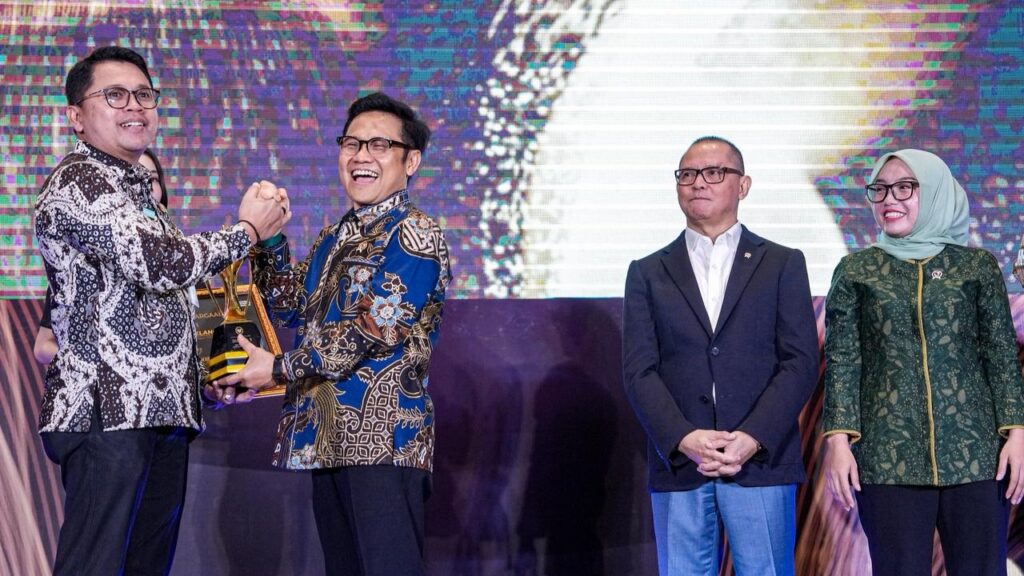When ChatGPT emerged in late 2022, Anurag Garg, founder of Everest PR, saw an opportunity. He wanted his PR agency, with its team of 11, to swiftly integrate this powerful AI tool into their workflow. The idea was simple: stay ahead of the competition by leveraging cutting-edge technology to boost productivity. The AI tool was supposed to assist with everything from brainstorming ideas for clients, pitching media outlets, and even transcribing meetings and interview notes. Garg was confident that AI would lighten the load and simplify operations.
However, things did not go as planned. Rather than enhancing efficiency, the introduction of AI tools caused significant stress and tension within the team. Tasks that should have been simplified began to take longer. Employees found themselves spending more time crafting precise prompts and instructions for ChatGPT, only to have to cross-check and correct its output due to numerous inaccuracies. Instead of speeding things up, the extra layer of review turned into a burden. Every update to the AI platform added another layer of complexity, as the team had to re-learn how to use the new features, further adding to their workload.
Garg soon realized that instead of making life easier, AI tools were doing the opposite. “There were too many distractions,” he explains. “The team complained that their tasks were taking twice the time because we were now expecting them to use AI tools for everything.” The goal was to streamline work processes, but the reality was quite the opposite: the team was drowning in additional tasks, leading to frustration and burnout.
As a business leader, Garg felt overwhelmed as well. The rapid proliferation of AI tools in the market compounded his challenges. Not only was his team using ChatGPT, but they were also relying on tools like Zapier to manage tasks and Perplexity to enhance client research. Each tool was specialized, but none were comprehensive, leaving Garg feeling scattered. “The market is flooded with AI tools,” he says. “I’d invest in one app, only to see a better version appear the next week. Keeping up with this constant evolution was exhausting. It felt like a never-ending learning curve, and that, in itself, was leading to burnout.”
After months of stress, Garg decided to scale back on AI usage. The agency returned to a more traditional workflow, using AI tools primarily for research, and the team’s well-being noticeably improved. “It was a learning phase for us,” says Garg. “Now, work is more manageable because we’ve reduced the number of AI tools in our processes. The team feels more connected to their work, and overall, we’re much happier.”
The experience of Everest PR is not an isolated case. A growing body of research highlights the unintended consequences of AI tools in the workplace. A survey conducted by freelancer platform Upwork, which involved 2,500 knowledge workers across the US, UK, Australia, and Canada, found that while 96% of top executives expected AI tools to increase productivity, 77% of employees reported the opposite. Workers felt that these tools were actually adding to their workload, not reducing it. Additionally, 47% of employees confessed they didn’t know how to meet the productivity expectations their employers set when using AI.
The disconnect between executives’ expectations and employees’ experiences is leading to rising concerns about burnout. The same Upwork survey revealed that 61% of respondents believed AI usage would increase the likelihood of burnout. For those under 25, this figure jumped to a staggering 87%, according to another study conducted by Resume Now.
The challenge of AI-induced stress is further compounded by the sheer volume of work-related tools. A study by work management platform Asana examined the impact of workplace apps on employee efficiency. It found that those using between six and 15 apps struggled to keep up with messages and notifications. For those juggling 16 or more apps, 23% reported a reduction in efficiency and focus, as they were constantly switching between tools. According to Cassie Holmes, a management professor at the University of California, “Using multiple apps requires additional time to learn them and switch between them, and this lost time is painful because we are so sensitive to wasted time.”
Legal professionals, in particular, are feeling the pressure of AI implementation. Leah Steele, a lawyer-turned-coach, specializes in helping legal professionals combat burnout, a rising issue within the industry. Steele recalls how, in a previous role, the introduction of a new technology platform caused her caseload to skyrocket from 50 to 250 clients, an overwhelming shift. Now, many of her clients face similar challenges. “The biggest thing I’m seeing is this continuous competing demand to do more with less,” Steele explains. “Companies aren’t always considering whether the systems they’re introducing are genuinely helpful.”
For lawyers, the burnout isn’t just about the volume of work generated by AI tools. Steele highlights how many professionals feel disconnected from their original motivations for entering the field. “Burnout isn’t just about workload—it’s also about the loss of control and connection to the work,” she says. “Many people entered the legal profession to make a difference, to have personal interactions with clients, but now they find themselves trapped in an environment that’s driven by technology rather than human connection.”
The pressure is further heightened by job insecurity. Many workers, across industries, fear they may be replaced by AI or automation, which only adds to their stress. As Richard Atkinson, president of the Law Society of England and Wales, points out, “AI can make legal work more efficient, but it also often creates additional tasks for lawyers. Many of the tools weren’t designed with the legal sector in mind, meaning lawyers have to undergo training and adapt their processes, which takes time and energy.”
Alicia Navarro, founder of Flown, an online platform dedicated to promoting focused “deep work,” agrees that AI tools can be overwhelming. “There’s an avalanche of AI tools out there,” she says. “There’s a huge amount of filtering and learning that has to happen before these tools become genuinely productive.”
However, Navarro notes that for small businesses and start-ups, AI can be a game-changer. “For start-ups with limited resources, AI can be incredibly empowering. It allows them to accomplish more and allocate their resources more effectively. Used correctly, AI can make a real difference for smaller firms.”
While AI has the potential to revolutionize workflows, many companies and workers are still grappling with how to use these tools in a way that genuinely boosts productivity without increasing stress and burnout. The key to successful integration, it seems, lies in striking a balance between leveraging the capabilities of AI and maintaining the human touch that workers need to feel fulfilled in their roles.







